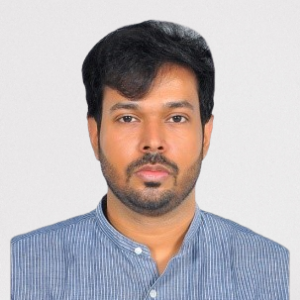Title : Preoperative Planning and Outcome of Periarticular Fractures around the knee joint using 3D printed models
Abstract:
Introduction
Complex orthopaedic surgeries can be difficult to manage. Multiple surgical approaches are required for their management. Hence thorough pre-operative planning is crucial for the management of such cases. With appropriate pre-operative planning various parameters like surgical time, intra-operative blood loss, and fluoroscopy short can be minimized and reduce morbidities. In our study, we have utilized 3D printing technology for the management of complex periarticular structures around the knee.3D printing is a newer modality of treatment The purpose of the study is to compare the outcome of surgery being performed in the knee joint between patients who have undergone surgery with only 3d images and patients whose fractures have been recreated using 3D images.
Methodology:
20 patients were considered for the study
They were divided into 2 groups. Group A underwent surgery using 3D image reconstruction models and the other group underwent surgery with 3D imaging.
The following parameters were compared:
- Intra-operative blood loss
- Surgical time
- Fluoroscopic exposure
- Functional outcome between the two groups using Rasmussen score.
Regular follow-ups were done at 1m, 3m, and 6m.
Results:
We found that between the two groups Group A had statistically significantly less blood loss, surgical time, and fluoroscopic exposure. There was not much statistical difference between the two when it came to surgical exposure, articular exposure functional outcome.
Conclusion
To conclude 3D printed models help us understand the fracture pattern better specially in complex trauma especially when articular surfaces are involved. It reduces the surgical time and blood loss of the surgery. It also reduces the fluoroscopic exposure. Hence it proves to be beneficial for both, the patient and the surgeon. Using 3D printed models to select implants during planning and practice may improve evaluation in pre-operative planning. There is definitely a learning curve to it and in certain cases, we would have to assess the cost-benefit ratio. However for complex trauma whenever feasible we urge surgeons to use 3D reconstructed models.
Audience Take Away:
- Newer modality of management of complex trauma
- Application of 3D printing in complex trauma
- Advantages of using 3D printed models over 3D printed images
- Laying the foundation for other surgeons to use this technology and building up further research on it




